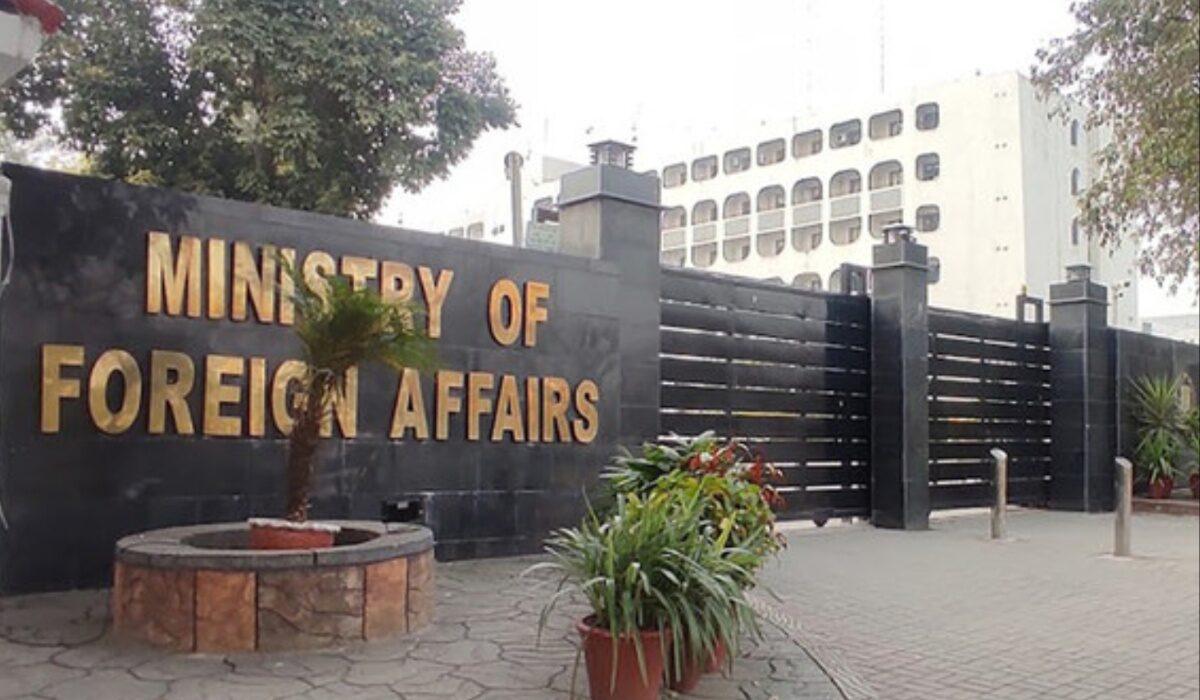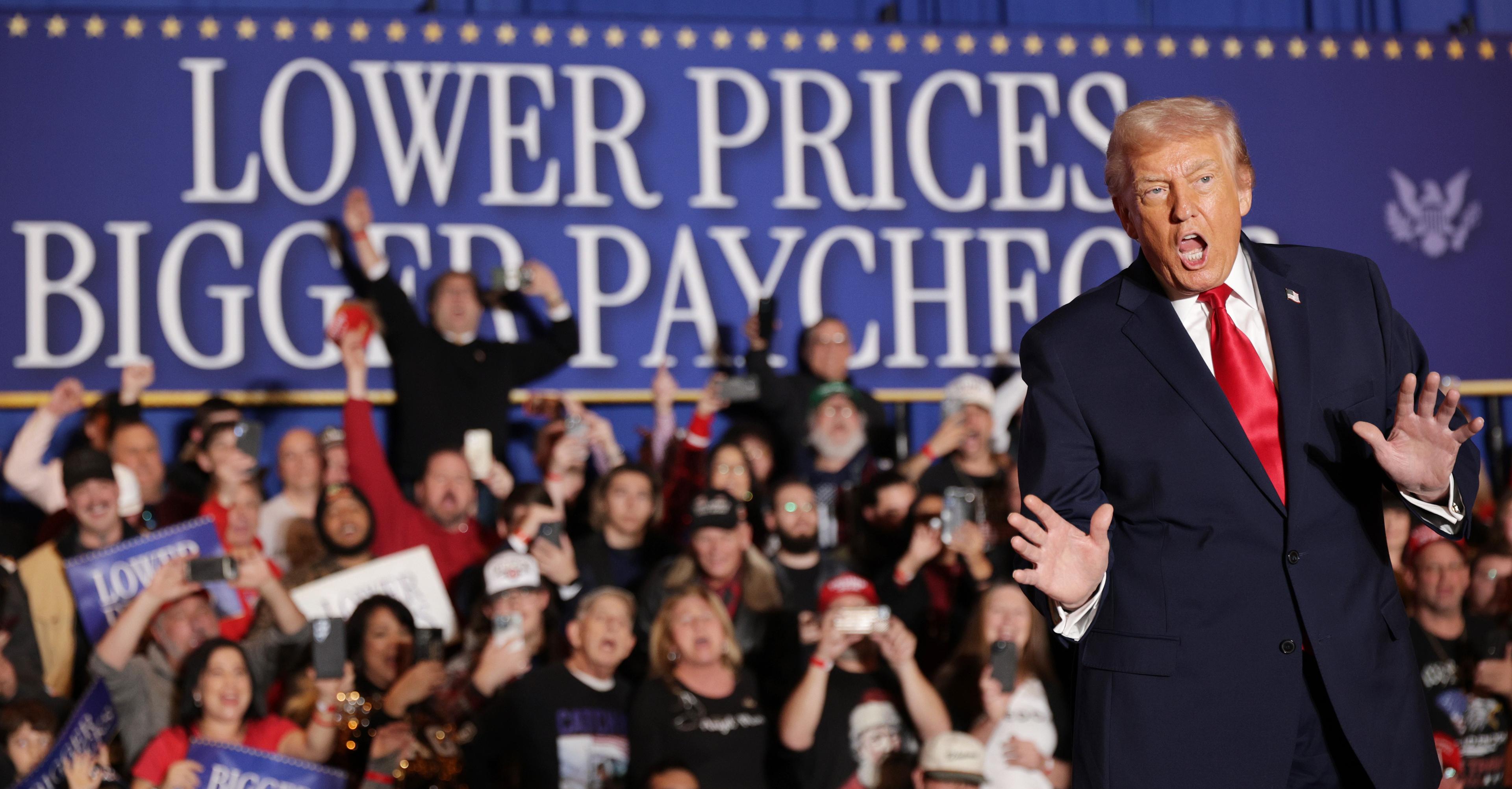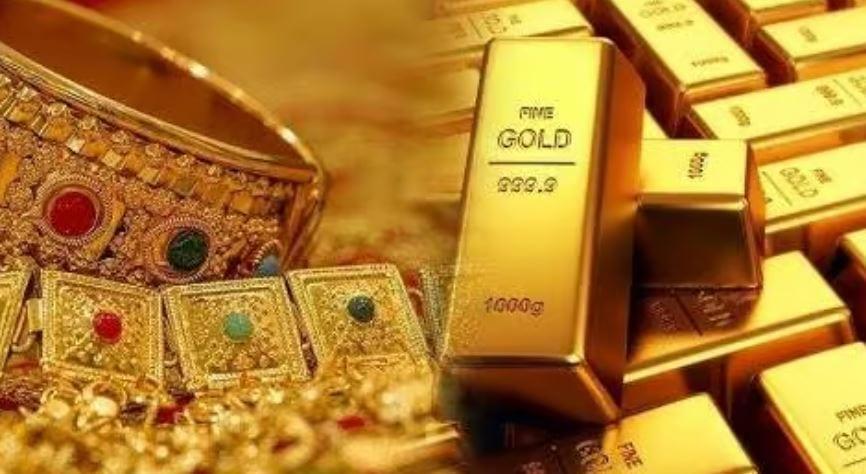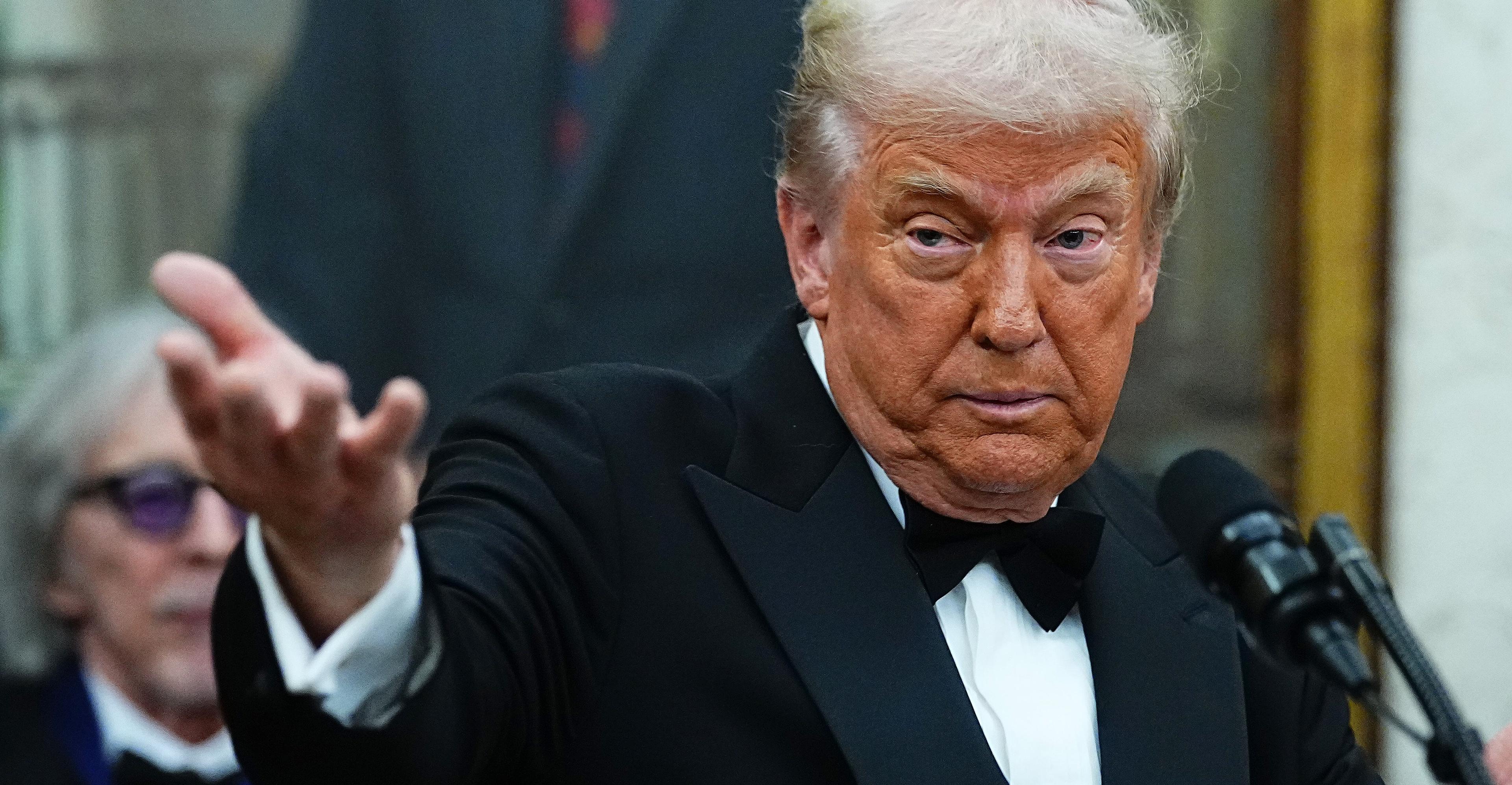Western leaders have warned that they are yet to see evidence of partial withdrawal

NATO accused Russia on Wednesday of increasing the number of troops it has amassed at the Ukrainian border, a day after Moscow claimed it had begun withdrawing some of its military units.
Western leaders have warned that they are yet to see evidence of such a move, after a spokesman for the Russian Ministry of Defense announced on Tuesday that some units, having completed military drills near the border, were already on the move.
The Russian government released video footage on Wednesday which it claimed showed military units returning to their permanent deployments after completing exercises. CNBC has not been able to verify the authenticity of the footage.
Russian officials have also announced that troops engaging in military exercises in Belarus, to Ukraine’s north, would also be returning to their permanent bases on Feb. 20. However, Western leaders have cast doubt on Russia’s claims.
Russia ‘continues military buildup’
NATO defense ministers are due to meet in Brussels on Wednesday to discuss what the military alliance has called “the most serious security crisis we have faced in Europe for decades.”
Speaking to reporters ahead of the meeting on Wednesday, NATO chief Jens Stoltenberg said it “remains to be seen whether there is a Russian withdrawal.”
“So far, we have not seen any de-escalation on the ground. On the contrary it appears that Russia continues their military buildup,” he said.
Stoltenberg added that Russia has “always moved forces back and forth,” so footage that shows movement of forces and tanks “does not confirm a real withdrawal.”
Stoltenberg has said NATO allies “remain ready to engage with Russia.”
The Kremlin said Wednesday that NATO was “wrong” to say there is no evidence of Russian withdrawal from the border, Reuters reported, adding that President Vladimir Putin had a desire to negotiate diplomatically.
Moscow later on Wednesday doubled down on its claims that Russian troops were beginning to head back to their permanent deployments, with Russian state media releasing a report that said tanks, armored vehicles and soldiers had begun a 1,000-kilometer (620-mile) journey back to their bases.
‘Mixed signals’
But U.K. Prime Minister Boris Johnson told Sky News on Wednesday that although the West has seen “some positive signs” from Russia, “the intelligence we’re seeing today is still not encouraging.”
“We’ve got Russian field hospitals being constructed near the border with Ukraine in Belarus, which can only be construed as preparation for an invasion,” he said. “So mixed signals, I think, at the moment.”
Johnson told reporters on Tuesday that the British government would target Russian banks and companies with “a very, very tough package” of sanctions if Russia invaded Ukraine. This would include measures to prohibit Russian companies from raising capital on London’s financial markets.
Responding to Johnson’s sanctions threat on Wednesday, Russian Foreign Minster Sergey Lavrov said Moscow would retaliate if Britain did impose any sanctions, Reuters reported.
Johnson’s comments came after a warning from U.S. President Joe Biden that Washington had not yet confirmed that Russia had withdrawn any of its military units from the Ukrainian border.
“We have not yet verified that Russian military units are returning to their home bases. Indeed, our analysts indicate that they remain very much in a threatening position,” he said in a speech at the White House.
“And the fact remains [that] right now, Russia has more than 150,000 troops encircling Ukraine in Belarus and along Ukraine’s border.”
Warning that “an invasion remains distinctly possible,” Biden added that any use of force by Moscow would lead to “incredible human suffering.”
He urged Russia to choose a diplomatic path toward resolving the issue.
Meanwhile, an anonymous senior Western intelligence official, told Reuters on Wednesday that the risk of Russian aggression would remain high for the rest of the month.
“There are no credible signs at this point that there will be any kind of military de-escalation,” they told the news agency, adding that Moscow could launch an attack on Ukraine “with essentially no, or little-to-no, warning.”
U.S. ‘hyped up the threat of war,’ China says
Thousands of Russian troops began engaging in military drills last week in a move that was widely seen as a display of strength by Moscow. The drills came as more than 100,000 soldiers, tanks, missiles and even fresh blood supplies had been moved to Russia’s border with Ukraine.
Moscow has repeatedly insisted it has no plans to invade Ukraine, despite warnings from Western countries in recent days that an invasion is likely to be imminent.
Russia is demanding that Ukraine never be permitted to become a NATO member, and has said it wants the organization to roll back its presence in Eastern Europe. Since 2002, Ukraine has sought entry into NATO, the world’s most powerful military alliance. The group’s Article 5 clause states that an attack on one member country is considered an attack on all of them.
The U.S. and NATO have said that such a request from Russia cannot be accommodated.
China, meanwhile, has accused the United States and the West of creating “turbulence and uncertainty” by hyping up the threat Russia poses to Ukraine.
“For the past few days, the U.S. has hyped up the threat of war and created tension, which has severely impacted Ukraine’s domestic economic and social stability and people’s lives, and has also added resistance to the promotion of dialogue and negotiation,” Foreign Ministry spokesperson Wang Wenbin said during a regular press briefing Wednesday.
Speaking to European lawmakers on Wednesday, EU Commission President Ursula von der Leyen urged the Kremlin “not to unleash further violence in Europe.”
“Yesterday Russia was certainly sending conflicting signals,” she said. “On the one hand, authorities announced Russian troop pullbacks. On the other hand, the Duma [Russian parliament] votes for full recognition of Donetsk and Luhansk as independent republics.”
The situation at Ukraine’s border is part of a broader, long-term issue.
Moscow annexed Crimea, a peninsula in southern Ukraine, in 2014, and around 13,000 people in the eastern region of Donbas have died in an ongoing conflict between government forces and pro-Russian separatists.
Russian lawmakers voted on Tuesday to ask Putin to recognize two Moscow-backed breakaway regions, Donetsk and Luhansk, as independent.
SOURCE: CNBC
Blue Jays acquire right-hander Lee from Tigers
- 12 hours ago
NHL board of governors eager to see more 'color vs. color' jersey matchups
- 12 hours ago
Source: Gray, Nats reach deal to avoid arbitration
- 12 hours ago
Jays president Shapiro given new 5-year deal
- 12 hours ago
Under-19 Asia Cup: India beat Pakistan by 90 runs
- 6 hours ago
Bondi Beach shooting: Australia hails ‘hero’ Ahmed who stopped gunman
- 6 hours ago
Sources: Rangers address needs with 3 signings
- 12 hours ago
Security forces kill 13 Khwarij in two separate engagements in KP: ISPR
- 6 hours ago
Pakistan aims to become model in digital assets regulation: Bilal saqib
- 6 hours ago
Diaz picked Dodgers because 'I'm looking to win'
- 12 hours ago

Pakistan condemns attack on UNISFA in Kadugli, Sudan
- 6 hours ago
Australian PM declares Sydney shooting a ‘terrorist’ attack targeting Jews
- 5 hours ago






